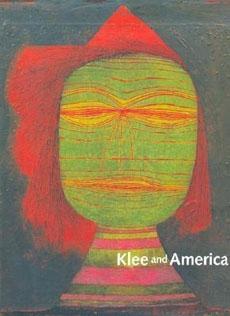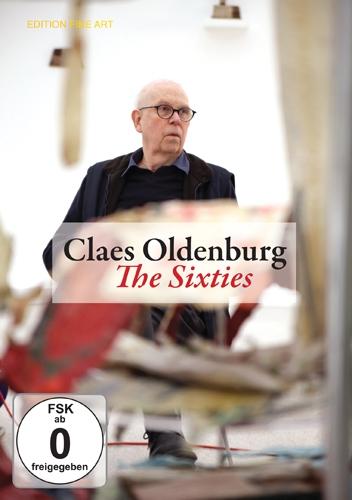Klee and America

Paul Klee was a leading figure in European Modernism, and his acclaim at home was quickly matched in the United States, where both private collectors and major museums sought out his work, Klee and America explores the reasons for that enthusiastic reception, especially during the 1930s and 1940s, while the artist was being targeted in Hitler’s campaign against Entartete Kunst (degenerate art). Just as the European market for Klee’s work was collapsing, American patrons and curators were gobbling it up. And after he had been removed from his teaching post in Dusseldorf and had returned to his childhood home in Switzerland, Klee continued to be represented by a number of German-Jewish art dealers who had emigrated to the U.S. Eventually his work landed in the collections of The Museum of Modern Art and the Guggenheim, among others. Foremost among Klee’s earliest American collectors was Katherine Dreier, whose Sciete Anonyme, founded with artists Marcel Duchamp and Man Ray, sponsored the exhibitions of pioneering abstract art in which his paintings were first shown in America. In Los Angeles, Walter and Louise Arensberg assembled a vast collection of Klee’s paintings. In 1939, Alfred Barr Jr. bought a first canvas for MoMA, Klee and America examines this history and offers an impressive selection of Klee’s finest
Out of stock
Out of stock





